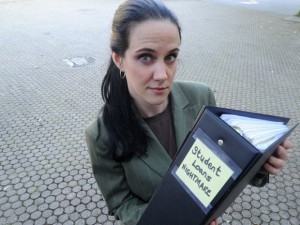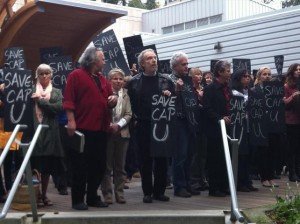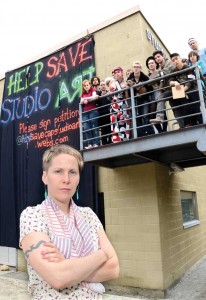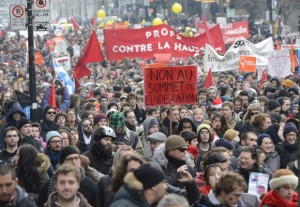Ellen Brown, Truthout, 17 June 2013– On July 1, interest rates will double for millions of students – from 3.4% to 6.8% – unless Congress acts; and the legislative fixes on the table are largely just compromises. Only one proposal promises real relief – Sen. Elizabeth Warren’s “Bank on Students Loan Fairness Act.” This bill has been dismissed out of hand as “shameless populist demagoguery” and “a cheap political gimmick,” but is it? Or could Warren’s outside-the-box bill represent the sort of game-changing thinking sorely needed to turn the economy around?
Warren and her co-sponsor John Tierney propose that students be allowed to borrow directly from the government at the same rate that banks get from the Federal Reserve — 0.75 percent. They argue:
Some people say that we can’t afford low interest rates for students. But the federal government offers far lower rates on loans every single day — they just don’t do it for everyone. Right now, a bank can get a loan through the Federal Reserve discount window at a rate of less than one percent. The same big banks that destroyed millions of jobs and broke our economy can borrow at about 0.75 percent, while our students will be paying nine times as much as of July 1.
This is not fair. And it’s not necessary, either. The federal government makes 36 cents on every dollar it lends to students. Just last week, the Congressional Budget Office announced that the government will make $51 billion on the student loans it issued this year — more than the annual profit of any Fortune 500 company, and about five times Google’s yearly earnings. We should not be profiting from students who are drowning in debt while we are giving great deals to big banks.
The archly critical Brookings Institute says the bill “confuses market interest rates on long-term loans (such as the 10-year Treasury rate) with the Federal Reserve’s Discount Window (used to make short-term loans to banks), and does not reflect the administrative costs and default risk that increase the costs of the federal student loan program.”
Those criticisms would be valid if the provider of funds were either a private bank or the American taxpayer; but in this case, it is the U.S. Federal Reserve. Warren and Tierney assert, “For one year, the Federal Reserve would make funds available to the Department of Education to make these loans to our students.” For the Fed, completely different banking rules apply. As “lender of last resort,” it can expand its balance sheet by buying all the assets it likes. The Fed bought over $1 trillion in “toxic” mortgage-backed securities in QE 1, and reportedly turned a profit on them. It could just as easily buy $1 trillion in student debt and refinance it at 0.75%.
Read More: Truthout

 Follow
Follow



